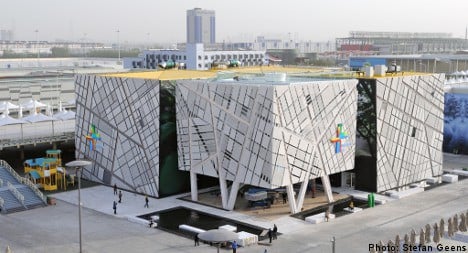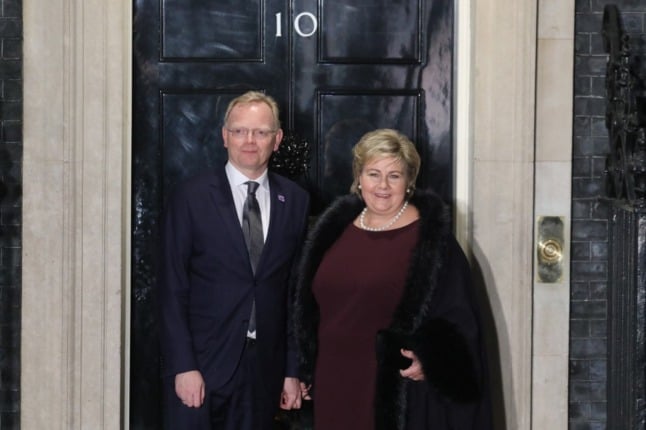The 150 million kronor ($20.69 million) Swedish Expo budget, of which half was provided by the state and half from private enterprise, is the largest-ever investment Sweden has undertaken for a World Fair.
The pavilion also hopes to strengthen a positive image of Sweden internationally, promote the competitiveness and creativity of Swedish trade and industry and highlight opportunities for Swedish tourism, investment, research and cultural exchange.
Trade Minister Ewa Björling will take part in the opening of the World Expo and the Swedish Pavilion on Saturday. During her visit, Björling has also met with representatives in Shanghai’s business sector.
“I believe that this is an excellent opportunity for Sweden to show our fantastic brand, ‘Sweden,’ and all our Swedish values together with a lot of companies of course,” said Björling in a webcast on the government’s website. “[We are here] to show Swedish values and to strengthen our brand, but also, to make business in the long run.”
An estimated 70 to 100 million visitors are expected during the Expo’s six-month run, most of them Chinese. About 60 Chinese-speaking guides will work at the Swedish pavilion during the Expo from May to October decked in H&M clothing. Complementing the Expo’s theme of “Better City, Better Life,” the Swedish pavilion’s theme is “Spirit of Innovation.”
Sweden has strong historical trade ties with China, dating back to the 1700s with the Swedish East India Company. In recent years, Swedish companies have deepened these ties. According to Björling, more than 600 Swedish companies are already established in China, with a new Swedish enterprise joining their ranks every fourth day.
Among the famous brands that will be on display in the pavilion are Pippi Longstocking, Ericsson and Volvo. Major dates on the pavilion’s calendar include May 9th, the 60th anniversary of Sino-Swedish diplomatic relations, Sweden Pavilion Day on May 23rd, National Day on June 6th, the royal wedding on June 19th, Midsummer Eve on June 25th and election day on September 19th.
The pavilion, made of energy-saving wood, spans about 3,000 square metres. The pavilion is made up of four cube-like structures arranged to form a cross-like space between them, emulating the design of the Swedish flag when seen from above. The building’s façade and energy-saving roofing sheet reduce the need for air conditioning by up to 15 percent.
The external walls of the pavilion are covered in white perforated Prelaq Energy plates. The perforations in the plates form a street map of Stockholm, while the plates’ organic coating mixtures and pigments can regulate inward heat radiation and contribute to a comfortable indoor temperature. While the outside walls show a city-like grid, the inside walls are covered with images from nature.
“All these together will show how we can live in an innovative society that will fit into the future and hopefully will start a green future for China,” said Björling.
The pavilion is complemented by an exhibition area of about 1,500 square meters and a number of cafes and boutiques. The third floor includes a VIP section and restaurants. Visitors can savour Swedish flavours while enjoying Swedish movies and music. Souvenirs from Sweden will also be available.
The pavilion hopes to demonstrate how the Swedish spirit solves problems and improves urban environments and living standards and communication through new technology. Björling hopes Sweden and China can engage in dialogue on climate issues and hopes Sweden can assist with environmental techniques to create sustainable and better cities through design, health care and education.
“We have a good combination of goods and services together with innovation and a lot of environmental techniques that China will need in the future,” said Björling.
Another emphasis over the next six months is corporate social responsibility, for which Swedish companies are famous, she said. “It’s a very good competitive tool today for companies with four pillars: human rights, workers’ rights at the workplace, fighting against corruption and of course taking care of the environment,” said Björling.



 Please whitelist us to continue reading.
Please whitelist us to continue reading.
Member comments